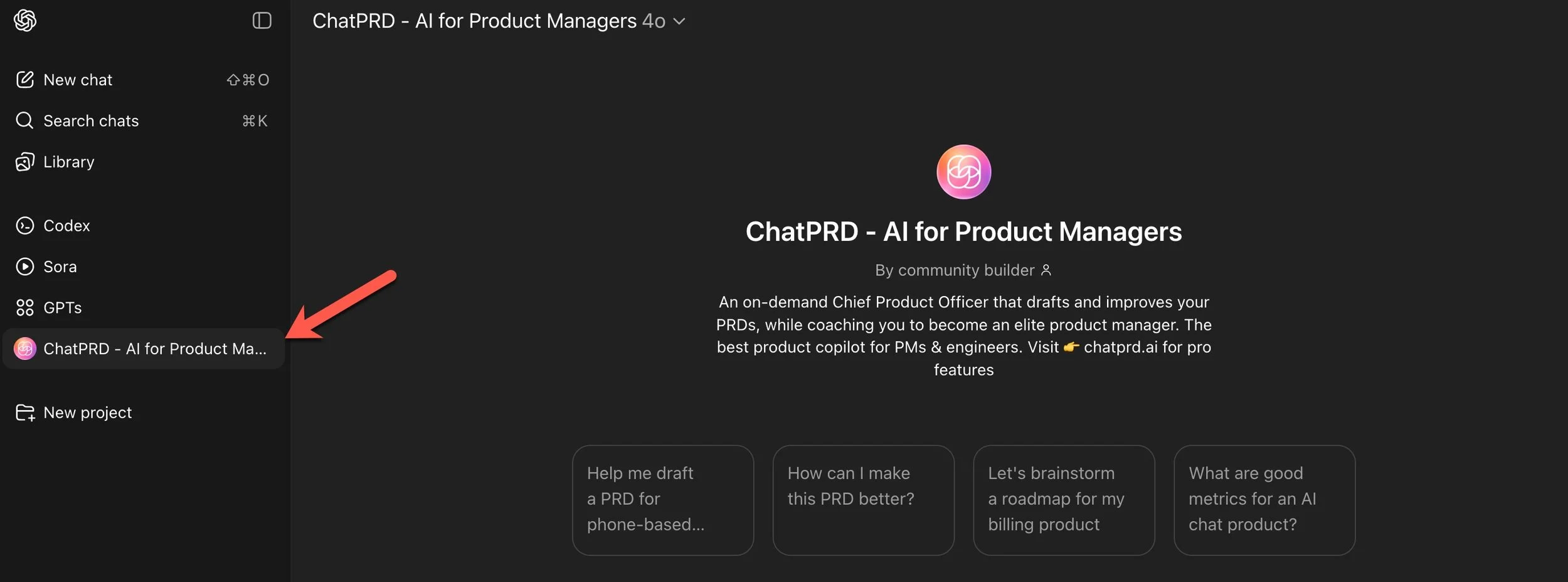Stop Wasting Time: 3 Essential Templates for Product Management in SaaS Startups
As a founder or executive at an early-stage startup, you don’t have time to waste.
Your days probably feel like chaos. You’re pitching investors, running the business, managing a small team, and still trying to get product out the door.
Think of templates like Steve Jobs’ black turtleneck — one less thing to think about. Instead of rewriting meeting notes or over-explaining product docs, you can focus on building.
Here are three templates I’ve seen work over and over again.
1. Meeting notes that don’t disappear
Most meeting notes never see daylight again. They get scribbled in a notebook or lost in a long doc.
The fix: a simple structure that captures three things every time — Decisions, Owners, Deadlines.
How to do it with your tools:
If you use Confluence: Create a “Meeting Notes” template and embed it in project pages so it’s impossible to miss. Here’s an easy guide from Atlassian on leveraging one of their existing templates.
If you use Slack or Teams: Create a debrief channel. After each meeting, post a quick summary with
#decisions
#owners
#next_steps
If you use Google Sheets/Excel: Keep a shared table with columns for Date, Topic, Decisions, Owners, Deadlines. Link it to Trello, Asana, or whatever tracker you use.
It doesn’t matter where it lives. What matters is that decisions don’t get lost.
2. Product docs that don’t take weeks
Founders either write product docs that are way too long, or they avoid writing them at all. Both kill speed.
The fix: a lightweight structure that forces clarity. Call it a PRD, a feature brief, or just ‘the plan’ — it doesn’t matter.
At minimum, answer:
What problem are we solving?
Who is this for?
What does success look like?
What’s in, and what’s definitely out?
How to do it with your tools:
If you use Confluence: Create a template with the sections above. Or try Wisary — it guides you through by asking the right questions, narrowing scope and giving engineers the context they need.
If you use Notion or Google Docs: Create a page with the same core sections. Keep it to one page so people actually read it.
If you’re starting from scratch: Use AI to generate a lean outline.
The goal isn’t more words — it’s enough clarity so no one builds the wrong thing.
For example, the GPT app ChatPRD – AI for Product Managers (in the GPT library) is built for this.
Or just prompt ChatGPT directly with something like “Draft a one-page product brief for [feature]. Include problem, users, goals, scope, non-goals.” Then refine it down to what your team really needs.
3. Daily updates without the daily drain
Daily standups can waste hours every week. You don’t need them.
The fix: async updates. Quick, consistent, searchable.
How to do it with your tools:
If you use Slack or Teams: Create a #daily-standup channel. Set up a morning reminder. Each person posts answers to:
What did I finish yesterday?
What’s my focus today?
Any blockers?
If you use Google Docs or Email: Create a running log or recurring email template. Everyone drops in their update once a day.
This not only makes it easy to see what everyone is working on and spot overlaps, but you can also make it fun — add emojis or gifs to keep people engaged (shoutout to Jessica for this idea!)
It takes five minutes, keeps everyone aligned, and gives you back the meeting time.
Closing thought
Scaling is already hard. Don’t make it harder by reinventing the same processes every week.
Put templates in place early. They’ll save you time, keep your team aligned, and free you up to focus on what matters most — building.


